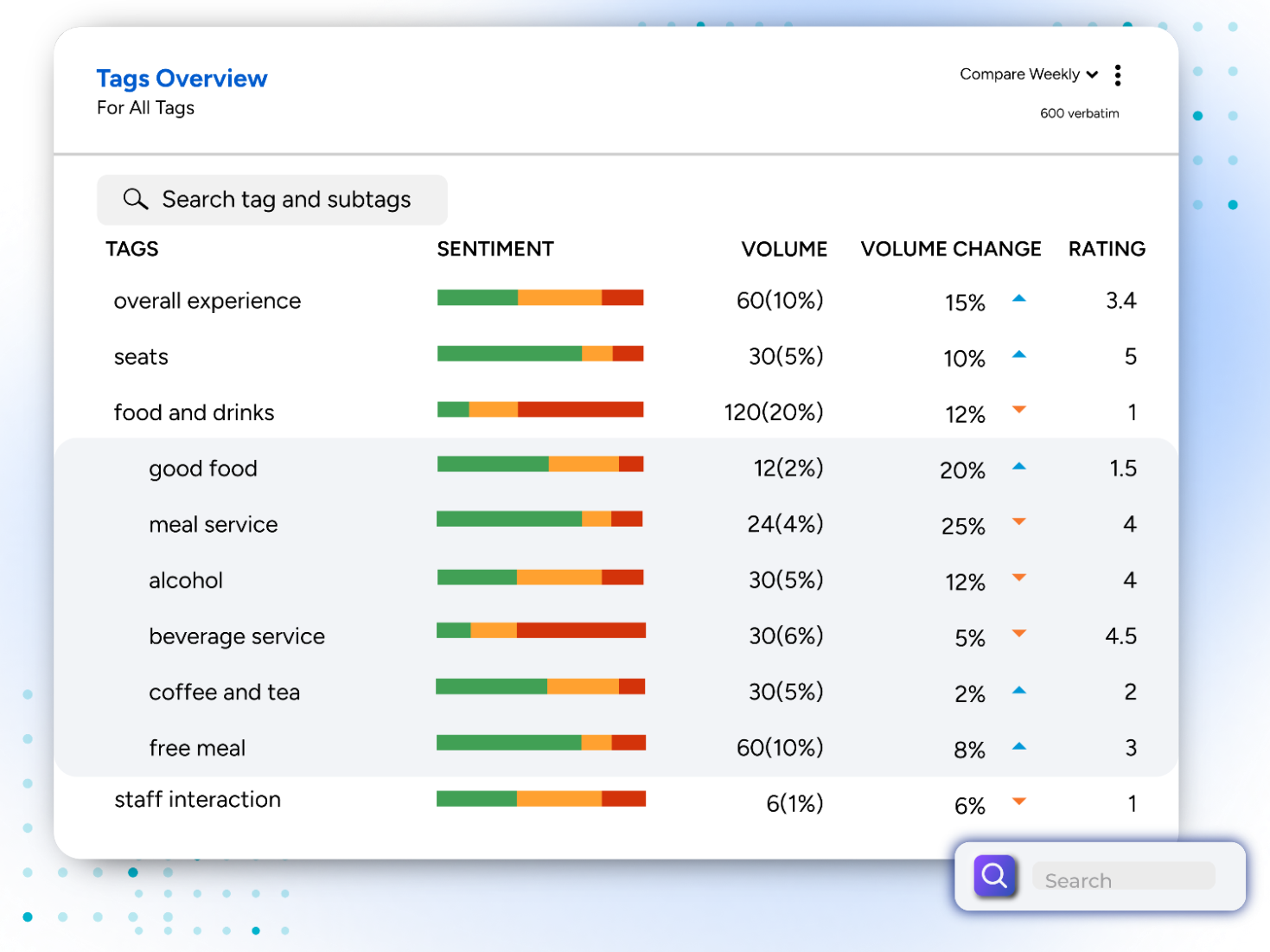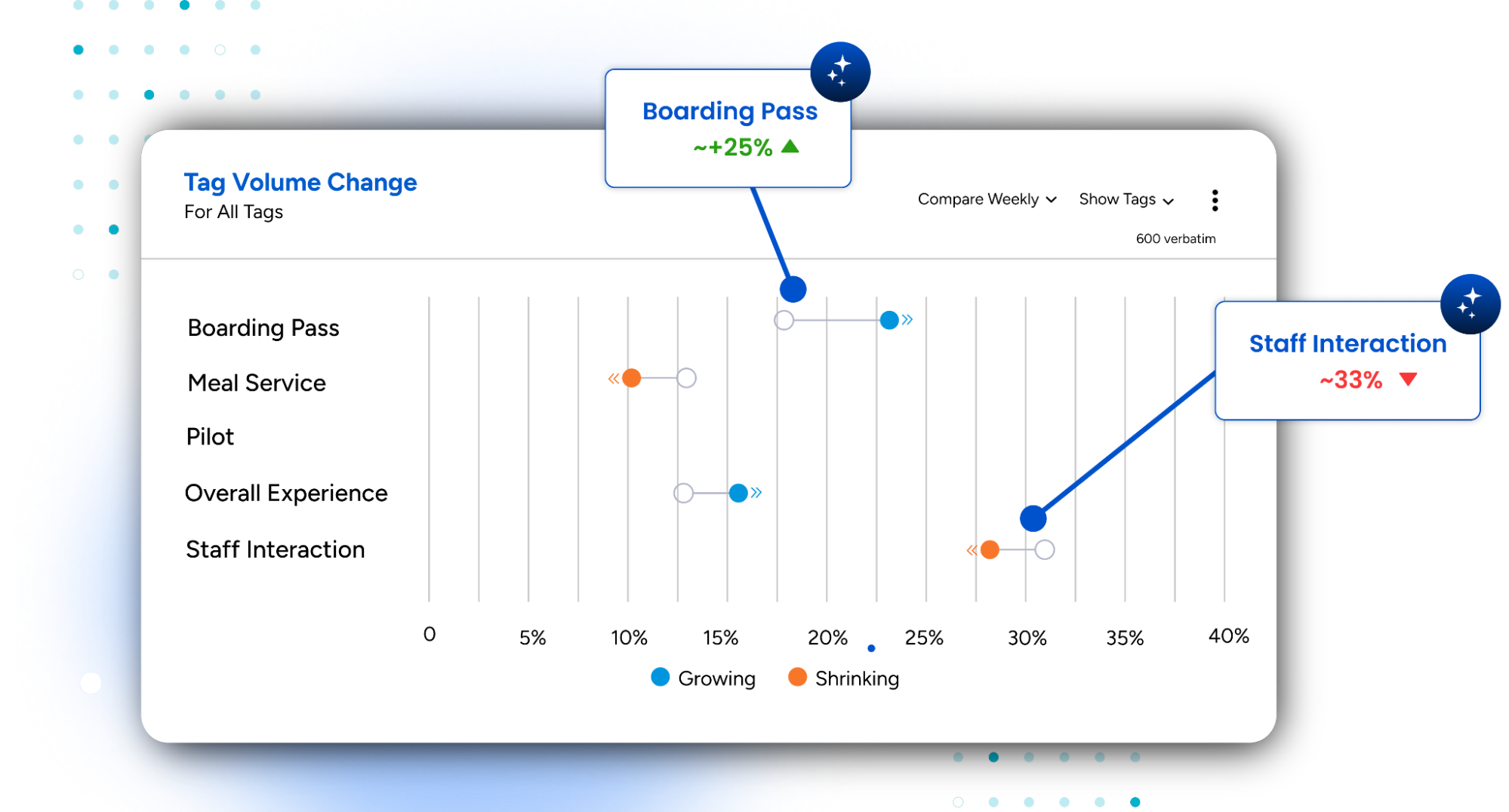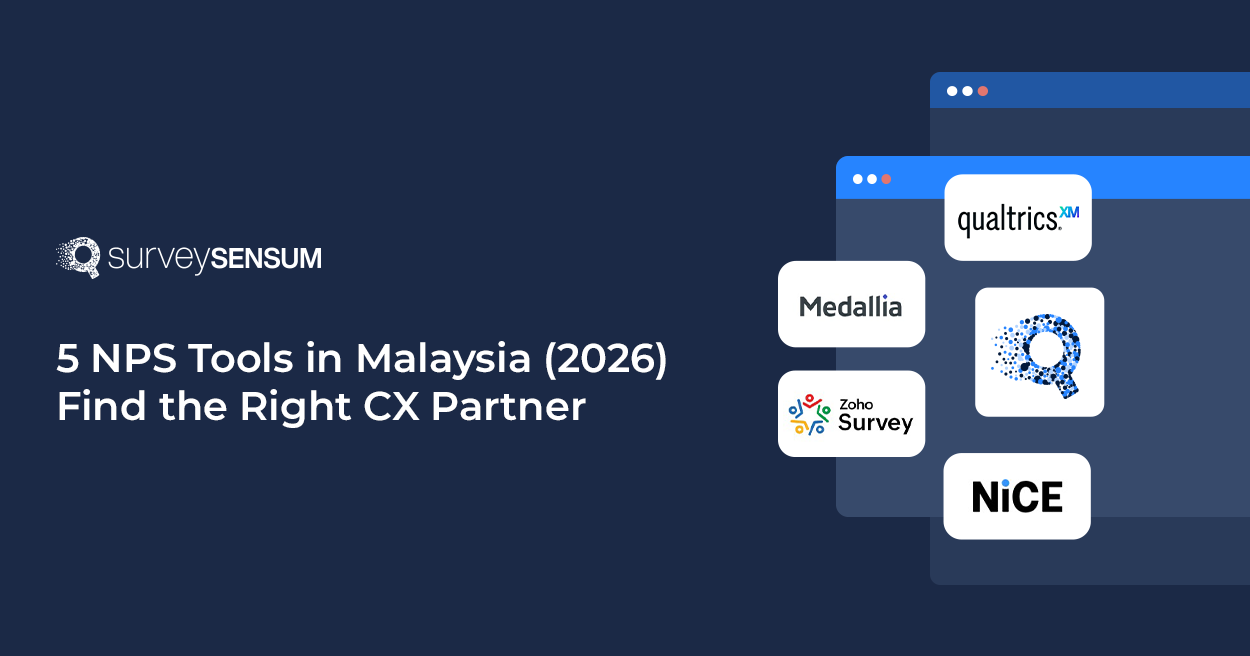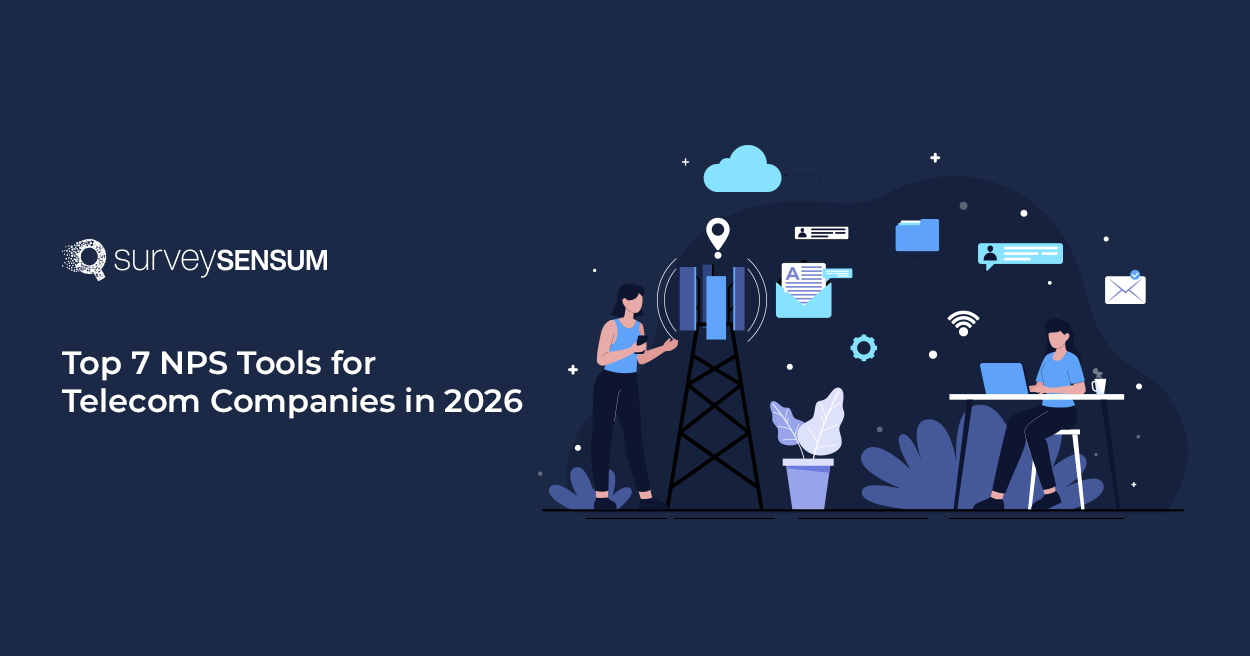

“Everything looks great, but…”
Ever seen that phrase in a customer survey?
That tiny line could reveal everything your rating scale didn’t. In fact, open-ended feedback can uncover a customer’s true sentiment, yet many companies skip over it because it’s messy, unstructured, and time-consuming to analyze.
But here’s the thing: free text survey responses often hold the real story behind the score. They uncover the “why” behind your NPS, CSAT, or CES numbers – helping you act faster, smarter, and more confidently.
In this blog, we’ll walk you through:
- What free text responses are
- Why they’re essential to CX
- How to analyze them (manually or with AI)
- And common mistakes to avoid
Let’s dive in.
What Are Free Text Survey Responses?
Free text survey responses (also called open-ended responses) are answers customers write in their own words. These responses are not limited to pre-set choices but allow people to express themselves freely.
Examples include:
- NPS follow-up questions: “What’s the reason for your score?”
- Product feedback: “What features do you wish our product had?”
- Customer service comments: “Tell us more about your recent support experience.”
These responses are goldmines of insight, but only if you know how to mine them.
Difference Between Free Text and Closed-Ended Responses
Closed-ended questions have predefined answers (like rating scales or yes/no options), while free text questions allow customers to explain their answers in detail.
Example:
- Closed-ended: “How would you rate your experience? (1–5)”
- Open-ended: “Tell us what made your experience good or bad.”
Closed-ended data gives you numbers. Free text? It gives you meaning. But when to use it?
When to Use Free Text Questions in Surveys
Use open-ended questions when you want to:
- Understand the reason behind a score (e.g., NPS, CSAT)
- Collect product feedback or feature requests
- Capture emotional reactions or first-hand experiences
- Explore issues you haven’t anticipated
Pro Tip: Don’t overdo it. One or two well-placed open-ended questions are enough to get meaningful insights without overwhelming the customer.
But why is it important?
Why Analyzing Text Responses Is Crucial
While numbers tell you what is happening, free-text responses tell you why. This “why” is what bridges the gap between measurement and action, and ignoring it can leave blind spots in your CX strategy.
Here’s why you simply can’t afford to overlook open-ended feedback:
1. Discover Customer Sentiment and Pain Points
Analyzing free text responses lets you tap into raw, unfiltered customer emotions. You’re not just tracking what score they gave – you’re hearing why they’re frustrated, what excites them, or what’s stopping them from coming back.
For example, a simple NPS score of 5 might not reveal much on its own. But their comment – “Your checkout page crashed twice and I lost my cart items” – tells a completely different story.
SurveySensum’s Text Analytics Software automatically detects such pain points using sentiment analysis and emotion tagging, so you can prioritize issues based on urgency and emotional tone.

2. Add Context to Quantitative Metrics
Free text responses give context to scores like NPS, CSAT, and CES. Two customers might both give you a 7, but one might say “support was slow,” while the other might say “good service, but pricing is high.”
With SurveySensum, responses are automatically categorized by themes (like support, pricing, UX, etc.), enabling deeper correlation between feedback and metrics. This empowers CX teams to take targeted action rather than treating all detractors or passives the same.

3. Identify New Product Ideas or Feature Requests
Open-ended responses often contain valuable suggestions that teams didn’t even think to ask for. A study by SurveySensum showed that over 25% of comments in product-related surveys included unsolicited feature ideas.
By analyzing such responses, product managers can identify and prioritize features that truly matter to users, straight from the source.
4. Improve NPS and CSAT Programs
Open-text feedback is the fuel that powers NPS and CSAT programs. SurveySensum enables you to:
- Detect common issues across promoters, passives, and detractors
- Identify churn risks early and act on them proactively
- Set up automated alerts for recurring complaints or negative sentiment
This makes your feedback program not just diagnostic, but actionable in real-time.
5. Inform Strategic Business Decisions
When analyzed well, text responses reveal trends in brand perception, gaps in user experience, and even operational inefficiencies. Whether it’s refining your pricing strategy or updating your customer onboarding, these insights inform decisions across the board.
With SurveySensum, insights are auto-summarized and visualized in dashboards for easy stakeholder consumption, saving teams hours of manual work and accelerating decisions.

Let’s now explore the two methods to analyze free text survey responses.
How to Analyze Free Text Survey Responses – 2 Methods
So now you’ve got hundreds (maybe thousands) of free-text comments. What next?
There are two ways to approach the analysis – manual or AI-powered.
1. Analyze Free Text Responses Manually in Excel
Manual analysis is doable if your dataset is small and your team has time to spare. But it can quickly become overwhelming.
Steps:
- Export data into Excel or Google Sheets
- Read each response and assign “codes” or tags (e.g., ‘bug’, ‘pricing’, ‘UX’)
- Count occurrences of each theme
- Create pivot tables and visualize trends
Limitations:
- Time-consuming and error-prone
- Lacks sentiment/emotion analysis
- Doesn’t scale with large or frequent surveys
Use this method only if you have fewer than 100-150 responses and don’t need ongoing analysis.
2. Analyze Free Text Responses with an AI Text Analytics Tool
When you’re dealing with high volumes of responses or want real-time, actionable insights, manual methods just won’t cut it.
This is where SurveySensum’s AI Text Analytics Software excels.
What SurveySensum can do:
- Automatically tags responses by theme (e.g., support, product, price, UI)
- Detects sentiment (positive, neutral, negative) and emotion (anger, joy, frustration)
- Group feedback by customer segments (e.g., promoters vs detractors, new vs returning users)
- Surfaces top pain points and emerging trends
- Allows custom theme creation based on your business context
- Generates easy-to-understand dashboards and reports
And the best part? You don’t need to be a data analyst. The platform is built for product, CX, and marketing teams, giving them fast, clear insights without needing to code or manually tag responses.
Example: Let’s say 1,000 customers filled your latest product feedback survey. With SurveySensum:
- The system detects that “mobile app crashes” and “slow payment page” are trending complaints.
- It highlights that these issues are coming mostly from users in APAC using Android devices.
- It sends a real-time alert to your product and engineering teams.
This is the kind of precision and speed that manual analysis just can’t offer.
Conclusion: Make Text Data Work for You
Free text survey responses are no longer “nice-to-have.” They’re a strategic asset – if you know how to use them.
Whether you’re trying to uncover product flaws, understand churn, or drive CX improvements, analyzing free text responses gives you a competitive edge.
And with tools like SurveySensum’s AI-powered Text Analytics, you can turn thousands of comments into insights in minutes, not weeks.















